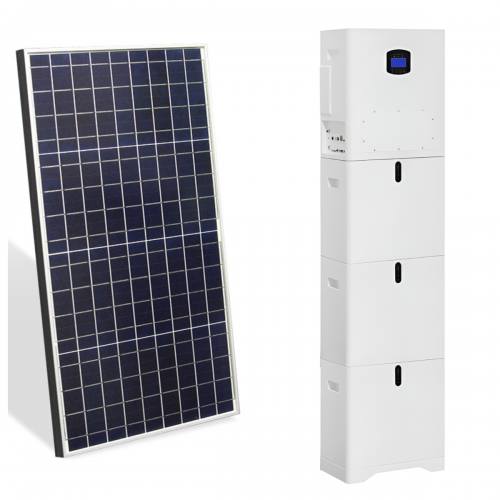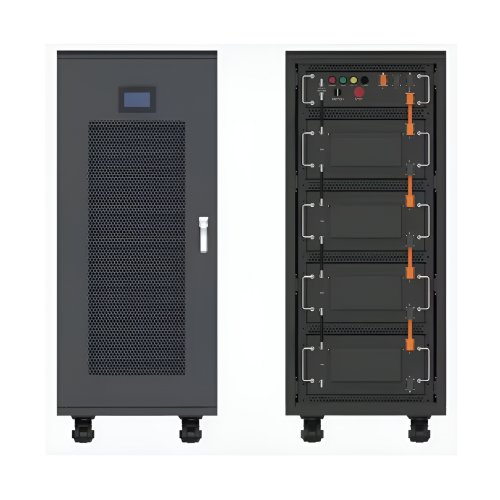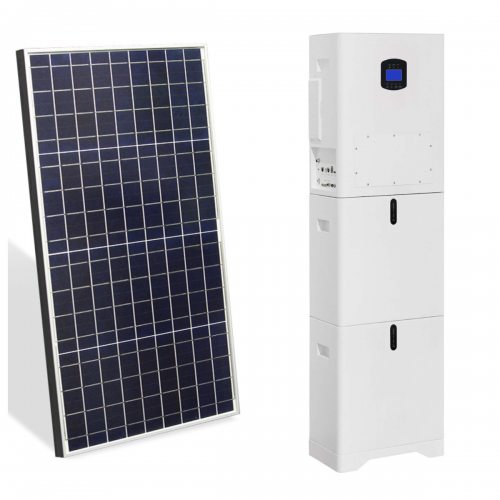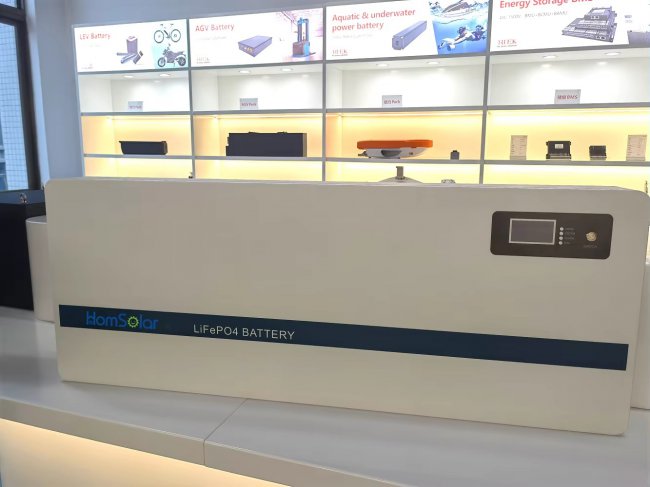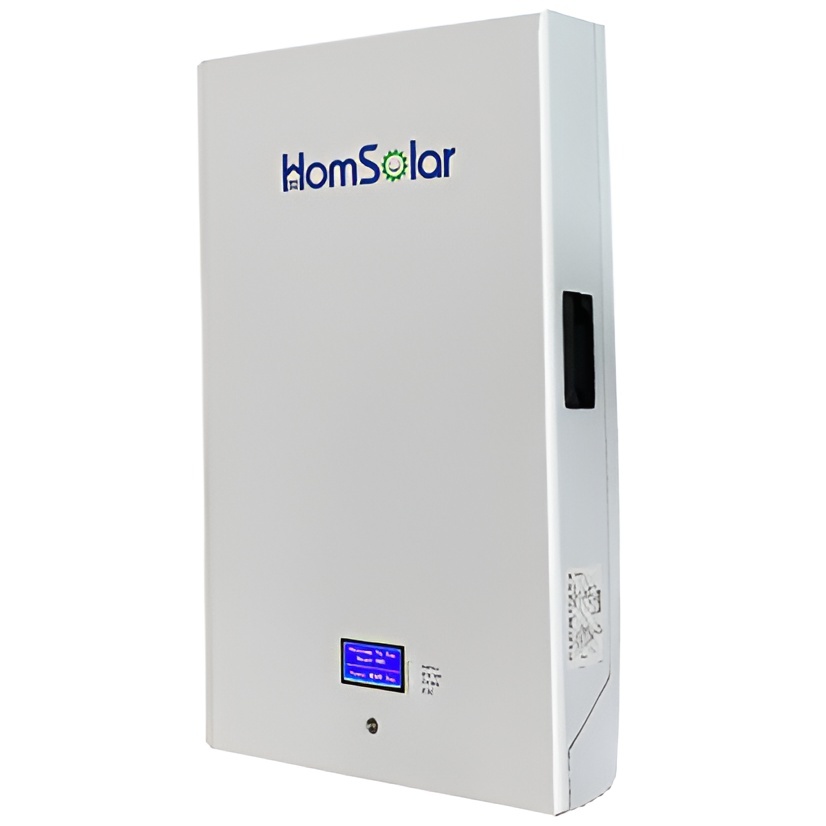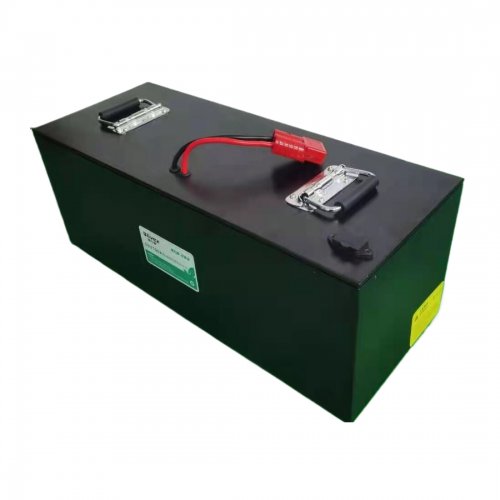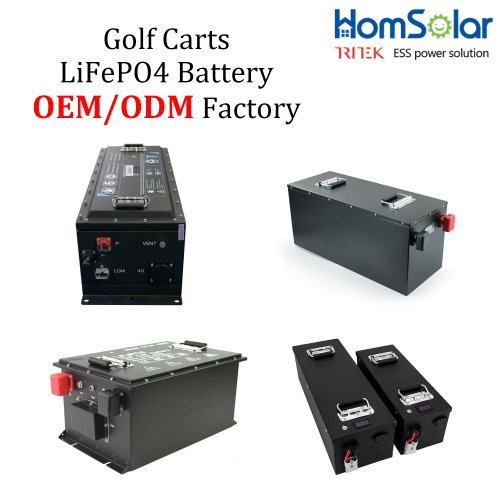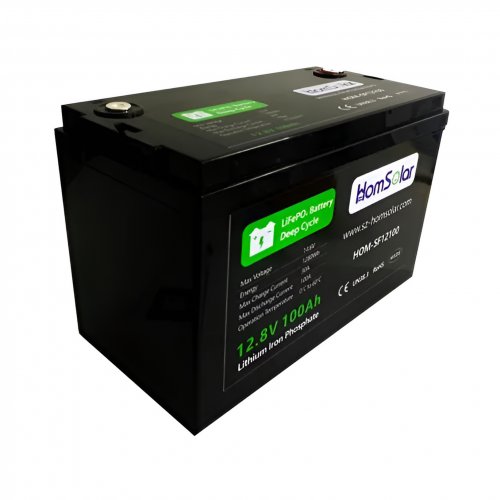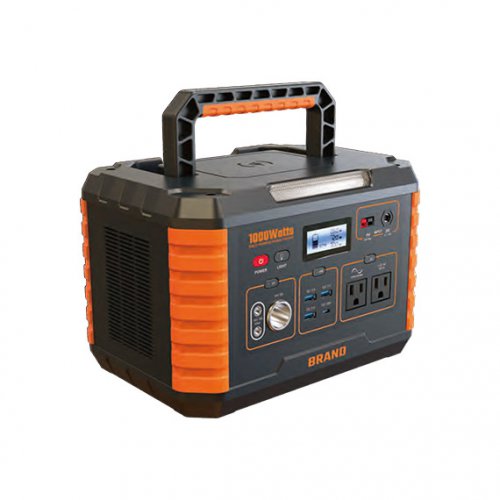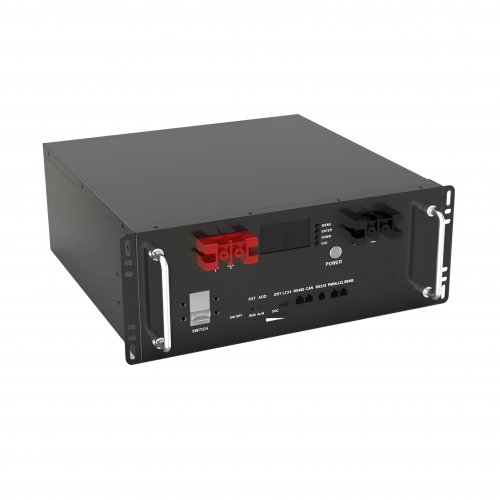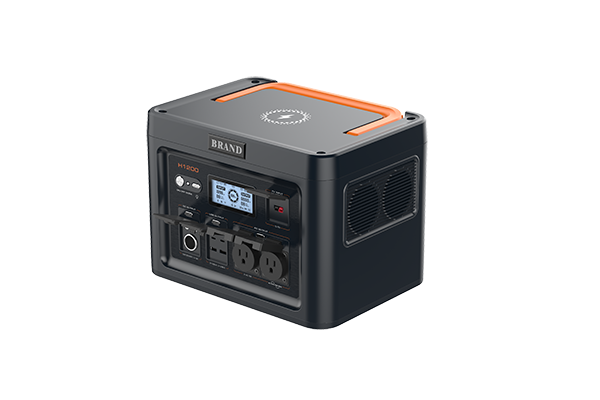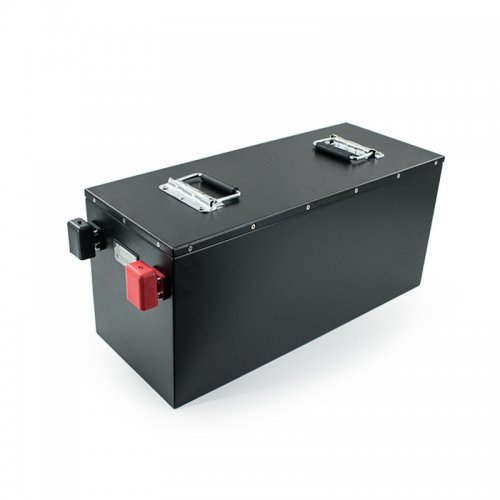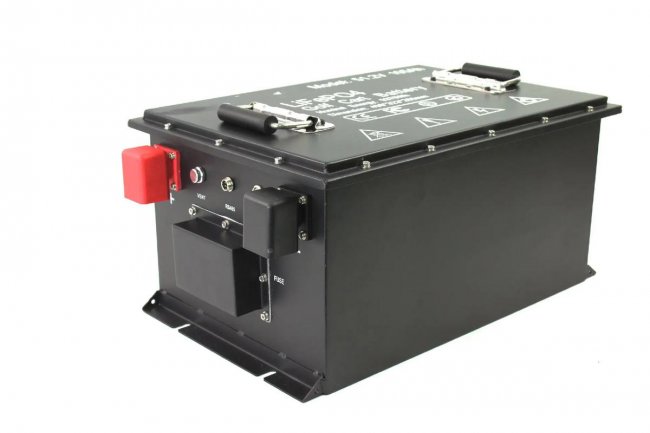Lfp Power Output Review: Unpacking The Longevity, Safety, And Real-world Performance
The landscape of portable and stationary power has been quietly revolutionized by a chemistry that has been in laboratories for decades but is now coming into its own: Lithium Iron Phosphate, or LFP. Moving beyond the hype, this review delves into the core characteristics of LFP power output, examining its performance as a standalone technology powering a new generation of solar generators, EV batteries, and marine applications. We will dissect its functional promises, weigh its distinct advantages against its notable limitations, and ground our assessment in practical, real-world usage scenarios.
Core Functionality: What is LFP Power Output?
At its heart, LFP refers to a specific type of lithium-ion battery chemistry (LiFePO4) that distinguishes itself from the more common Lithium Nickel Manganese Cobalt Oxide (NMC) counterparts. The "power output" aspect encompasses the battery's ability to deliver stable voltage and sustained current to a wide array of devices, from sensitive electronics to high-draw appliances.
The primary functions of a system built around LFP power output are:Energy Storage: Efficiently storing electrical energy harvested from the grid, solar panels, or a car outlet.Stable Discharge: Providing a consistent and clean power output, crucial for devices like laptops, medical equipment, and CPAP machines. The discharge curve of LFP is remarkably flat, meaning voltage stays high and stable for the majority of the battery's capacity before a sharp drop-off.High Power Delivery: Capable of delivering high surge currents, making it suitable for starting motors or powering heavy-duty tools like circular saws and kettles through AC inverters.Cyclic Endurance: Engineered to withstand thousands of charge-discharge cycles with minimal degradation, forming the backbone of its long-term value proposition.
The Advantages: Where LFP Power Output Truly Excels
The benefits of LFP technology are substantial and form a compelling argument for its adoption in many use cases.
1. Exceptional Cycle Life: This is LFP's crowning achievement. Where a typical NMC battery might be rated for 500-1000 full cycles before significant capacity loss, LFP batteries are routinely rated for 3,000 to 6,000 cycles, and often more. In practical terms, this translates to years, even decades, of daily use. For a solar generator, this means you can drain and recharge it nearly every day for over a decade without worrying about it becoming obsolete due to a dead battery.
2. Superior Thermal and Chemical Safety: Safety is a paramount concern with any energy-dense technology. LFP chemistry is inherently more stable than other lithium-ion variants. It has a much higher thermal runaway threshold, meaning it is far less prone to catching fire or exploding under conditions of overcharging, physical damage, or short-circuiting. This makes it the preferred choice for applications inside homes, RVs, and boats where safety cannot be compromised.
3. Stable Voltage and High Efficiency: The flat discharge curve of LFP batteries ensures that devices receive consistent power throughout the discharge cycle. You won't experience the dimming of lights or the slowing of tools that can sometimes occur with other battery types as they deplete. Furthermore, LFP batteries exhibit low self-discharge and high round-trip efficiency (often over 95%), meaning more of the energy you put in is available for use.
4. Environmental and Practical Benefits: LFP chemistry is cobalt-free, sidestepping the ethical and supply chain concerns associated with cobalt mining. It also performs better in a wider temperature range, particularly in high-heat environments, which accelerates the degradation of NMC batteries.
The Drawbacks: Acknowledging the Trade-Offs
No technology is perfect, and LFP's strengths come with a set of distinct compromises that buyers must consider.
1. Lower Energy Density: This is the most significant trade-off. For a given physical size and weight, an LFP battery stores less energy than an equivalent NMC battery. This means an LFP power station will be heavier and bulkier than an NMC unit with the same watt-hour (Wh) rating. For backpacking or applications where every gram counts, this can be a decisive factor.
2. Higher Initial Cost: While the total cost of ownership is often lower due to its long life, the upfront purchase price of LFP-based systems is typically higher than that of NMC-based alternatives. The manufacturing processes and the value of a long-life battery are factored into the initial investment.
3. Performance in Extreme Cold: While LFP handles heat well, its performance can be hampered in sub-freezing temperatures. Charging an LFP battery below 0°C (32°F) can cause permanent damage, requiring built-in heating systems in some advanced models, which adds to cost and complexity. Discharge performance also suffers in deep cold, though to a lesser extent.
Real-World Usage Experience
Using an LFP-based power station over several months reveals the practical implications of its specs. The first thing you notice is the weight; a 1000Wh LFP unit is a substantial piece of equipment. However, this heft is quickly forgotten once you experience its performance.
During a weekend camping trip powering a mini-fridge, LED lights, and charging various devices, the voltage remained rock-solid. The fridge compressor kicked in without a hiccup every time, thanks to the high surge capability. The battery indicator dropped at a reassuringly slow and predictable pace, a testament to the flat discharge curve. There was no anxiety about the power cutting out unexpectedly.
For home backup during a short outage, the safety aspect provided immense peace of mind. The unit powered a Wi-Fi router and several lights for over 15 hours and felt cool to the touch throughout. The ability to deeply discharge it to near-zero capacity daily without worrying about degradation is a game-changer for off-grid living or frequent use.
The main inconvenience was the need to plan for cold weather. Leaving the unit in a car overnight in winter required bringing it inside to warm up before it could be charged the next morning.
Conclusion
LFP power output is not a one-size-fits-all solution, but it represents a maturity in battery technology that prioritizes longevity and safety over peak energy density. Its value proposition is clear and powerful: pay more upfront for a heavier unit, and in return, receive a dependable, safe, and incredibly durable power source that will serve you faithfully for thousands of cycles.
It is the unequivocal recommendation for users who need a stationary or semi-portable power solution for home backup, van life, frequent job sites, or any scenario where the battery will be cycled regularly and safety is a top priority. For the ultralight backpacker or the user who needs maximum power from a minimal package, the trade-offs in weight and size may lead them to consider other options. Ultimately, LFP power output stands as a testament to the idea that the best technology isn't always the most energetic, but often the most enduring and reliable.
Customized/OEM/ODM Service
HomSolar Supports Lifepo4 battery pack customization/OEM/ODM service, welcome to contact us and tell us your needs.


HomSolar: Your One-stop LiFePO4 Battery Pack & ESS Solution Manufacturer
Our line of LiFePO4 (LFP) batteries offer a solution to demanding applications that require a lighter weight, longer life, and higher capacity battery. Features include advanced battery management systems (BMS), Bluetooth® communication and active intelligent monitoring.

Customised Lithium Iron Phosphate Battery Casing
ABS plastic housing, aluminium housing, stainless steel housing and iron housing are available, and can also be designed and customised according to your needs.

HomSolar Smart BMS
Intelligent Battery Management System for HomSolar Energy Storage System. Bluetooth, temperature sensor, LCD display, CAN interface, UART interface also available.


Terminals & Plugs Can Be Customized
A wide range of terminals and plugs can be customised to suit the application needs of your battery products.

Well-designed Solutions for Energy Storage Systems
We will design the perfect energy storage system solution according to your needs, so that you can easily solve the specific industry applications of battery products.



About Our Battery Cells
Our energy storage system products use brand new grade A LiFePO4 cells with a battery lifespan of more than 4,000 charge/discharge cycles.



Applications in Different Industries
We supply customized & OEM battery pack, assemble cells with wiring, fuse and plastic cover, all the cell wires connected to PCB plug or built BMS.
Applications: E-bike, Electric Scooter, Golf Carts, RV, Electric Wheelchair, Electric Tools, Robot Cleaner, Robot Sweeper, Solar Energy Storage System, Emergency Light, Solar Power Light, Medical Equipment, UPS Backup Power Supply.
We can provide you with customized services. We have the ability to provide a vertical supply chain, from single cells to pack/module and to a complete power solution with BMS, etc.


HomSolar (Shenzhen) Technology Co., Ltd







